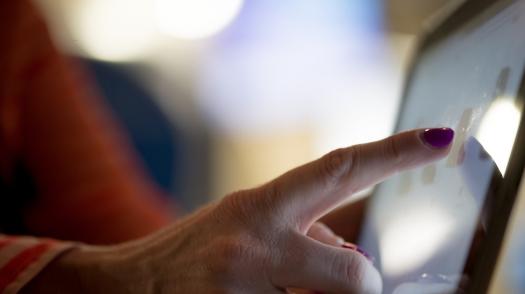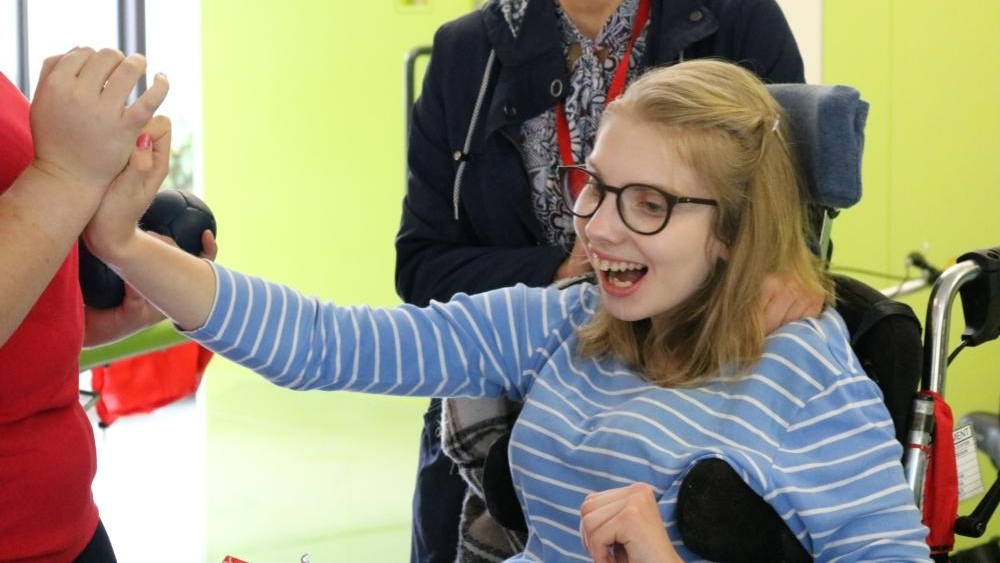
Published: July 2012. Young person’s age at time of brain injury: 17 years.
At hospital
At the beginning, we didn’t really know anything about the brain.
So when Sam had her surgery, I found myself looking up the operation, and then I was looking up the things I’d been told in critical care or intensive care.
It’s strange, because although you want to know about things, you don’t want to know too much because it’s very hard to hear. You just want to know that your child will be alright and nothing more.
I think each step in the process is different, and in a week or a day things can change.
All parents are in the same boat at hospital. Nobody knows how their child is going to be affected by an acquired brain injury and you’re all asking the same questions. Will she walk? Will she wake up from the coma?
But it’s not until weeks or months later that you find out what difficulties they have, and then you start taking your own path.
Rehabilitation
Sam has what people call a ‘hidden’ injury. A lot of the other adults at the rehabilitation centre thought Sam was a visitor because there weren’t any physical signs after a couple of months.
Fatigue and concentration are the things she struggles with most, but you might not know that unless you spoke to her. I think people still see her and think there isn’t anything wrong, and that can be very difficult.
In a way, parents are being rehabilitated at the same time as their children. Whatever your situation is, you’re learning how to cope with what’s happening in your life.
The hardest thing for me was when I was at home while my wife Brenda was at the centre. There were some tough times when I didn’t get a phone call, but until you stay there yourself, you don’t know how busy the day can be.
Life goes on while all these things are happening. The bills still come through the door and you still have things to deal with. I found myself thinking: ‘hold on a minute, we need to put a brake on all this’.”
Coming home
It was very hard coming back from the rehabilitation centre. You have a fence around you there, and the staff are always on-hand. It’s almost like a bubble, and it becomes your home while you’re there.
So to come out and not have that around you can make it feel like you’re on your own. That safety net isn’t there.
Sam really struggles with fatigue. And the house was a difficult place to be if Sam was losing her temper. It’s been hard on Sam’s sister because she’s felt very left out. And that’s something we’re still working on.
One of our biggest fears with Sam is her concentration. We worry about her walking across roads and thing like that. It might take a while before she’s independent enough to go out on her own.
Being a teenager
Sam is in college now. We want to let her do what she wants to do, but that isn’t always easy.
Sam has always said: ‘as soon as they say I’m alright, I’m going out with my friends’. And it isn’t easy to say to a teenager that they’re not going to do something.
The only way we could deal with it was to tell her why we were worrying about her going out. I think each step has been different. But Sam has come a long way.



